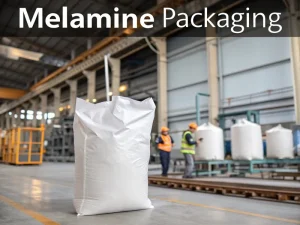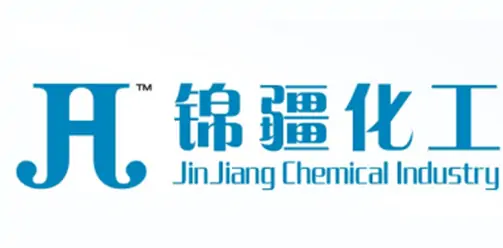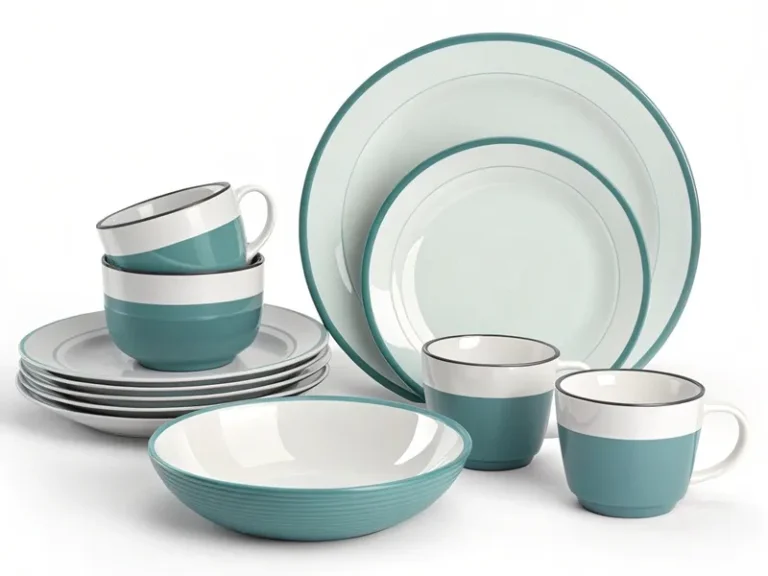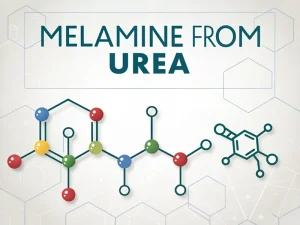
Melamine Packaging
Tech Blog Melamine packaging For manufacturers, inaccurate packaging not only fails to meet national standards but also increases labor costs and the risk of product

In the constantly developing and vibrant world of melamine tableware, dual-color melamine tableware appears as a charming element with a unique charm that distinguishes it from monochrome tableware. These tableware not only have simple patterns but also come in multiple colors, attracting many consumers and industry enthusiasts.
Producing Two-Tone Melamine Tableware is far from easy. This is a meticulous and highly complex process, with each step being a key determinant of the final product’s quality and appearance.
Two-tone melamine tableware goes beyond traditional monochrome or patterned designs, blending two different color tones into a coherent whole. These products are popular in high-end restaurants, luxury hotels, and modern homes, combining aesthetics with functionality. The interaction of colors, whether subtle gradients or sharp contrasts, adds a touch of elegance to the dining experience. At the same time, its durability, lightweight design, and stain resistance are why it is popular.

Manufacturing Two-tone melamine tableware requires a two-step compression molding process, which requires precise time, temperature control, and material expertise.
Material preparation:
Select high-quality melamine molding compound (MMC) powder as the base color. The key standards include purity (≥ 99.8%), particle size uniformity, and thermal stability. The material must comply with food-grade safety standards (such as the US Food and Drug Administration and EU Regulation No. 10/2011) and resist fading at high temperatures (160-180 ° C).
First compression:
Load the base color powder into a preheated mold (140-160 ° C) and compress it under pressure for 35-50 seconds. This forms the main structure of the tableware, ensuring uniform thickness (usually 3-5mm) and smooth surface.
Mold adjustment:
The second mold is designed to align perfectly with the base layer and apply contrasting colors.
Critical tolerance: ≤ 0.1mm to prevent misalignment or color bleeding.
Layered products are cured at 150°C for 2-3 minutes to ensure molecular cross-linking and mechanical strength.
The success of two-color tableware depends on choosing the appropriate MMC powder.
Key considerations include:
1. Thermal stability
High-quality MMC powder can resist yellowing or warping under repeated heating, which is crucial for using melamine tableware.
2. Material safety
Ensure that raw materials comply with global standards:
Formaldehyde emission: ≤ 1.5 mg/L (China GB 4806.6-2016).
Heavy metals: lead/cadmium content<1ppm.
High liquidity risk: Excessive melamine galzing powder can cause “color leakage” where the second layer overflows and masks the first color that has been carefully pressed and shaped.
Low liquidity risk: Insufficient melamine glazing powder can lead to poor liquidity, incomplete filling, and loss of color on uneven edges. In addition, the surface may become bumpy, with lumps and protrusions, which affects the expected smooth and attractive surface of high-quality melamine tableware.
Optimal content of light powder: Choose melamine glazing powder LG220, with a content controlled at 6-7% and a solidification time of 30-40 seconds to achieve seamless bonding.
Solution: Accurately coordinate the flow indices of two colors. The liquidity index is an indicator that measures the ease of material flow under specific conditions. By ensuring the perfect coordination of the flow indices of the first and second colors, we can guarantee a seamless fusion of the two colors in the Two-Tone Melamine Tableware production process.
Solution: Introduce nano silica additives (1-2 weight) to enhance interlayer adhesion.
Solution: The automatic batching system reduces material waste by 15-20%, while the two-color mold shortens production time by 30%.
The Two-tone melamine tableware product embodies the fusion of art and science. For brands seeking to stand out, producing advanced Two-Tone Melamine Tableware to meet constantly changing consumer tastes has a competitive advantage.

Tech Blog Melamine packaging For manufacturers, inaccurate packaging not only fails to meet national standards but also increases labor costs and the risk of product

Tech Blog How to Detect Melamine in Textiles? Melamine powder, a nitrogen-containing heterocyclic compound, is widely used in flame-retardant textiles and plastic products due to

Tech Blog melamine from urea Melamine is well-known for its wide range of applications, but its raw material for production is surprisingly urea. For manufacturers,

JINGJIANG MELAMINE POWDER
© JINJIANG MELAMINE